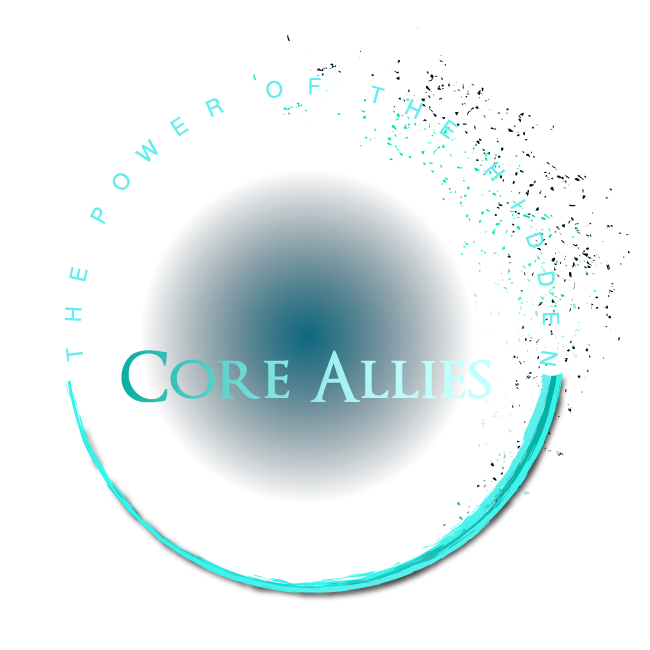Why is lasting change so hard?
China, 2018.
In these blog posts, I usually try to offer some useful advice or new ways of looking at things, drawing on my experience in business and the experiences of the many clients I’ve worked with as an executive coach. But lately, probably because of the work I’ve been doing preparing my Covid-19 Catalyst Series. I’ve been looking back at my own career. So I hope you will indulge me as I talk about the fundamental insight that led me to becoming a coach, and which I encapsulate with the phrase “The Power of the Hidden.”
“Change is hard.”
Change is hard. Most people have behaviors they would like to change, both in their work and their personal life, and I have long been fascinated how difficult it can be for even intelligent, successful people to achieve lasting change. When I was still working in business, I would see people take workshops, or work with coaches or therapists, and although they would come away with a clearer understanding of how they wanted to change, and would sometimes be able to change for a period of time, in the long run the change would rarely stick, and people would often revert to their previous behavior.
This problem of change especially interested me, since one aspect of business that I particularly enjoyed was acting as a mentor, but I wasn’t always able to help people make the changes they wanted. I learned a lot in business school, but little about helping people make lasting change. So I returned to school, this time studying psychoanalysis, earning a clinical doctorate with a dissertation on “Self-Generated Limits to Success.”
From my reading, the research for my doctorate, and my experience as a coach, I have come to believe that the main obstacle to lasting change comes from the unconscious. The conscious mind alone, no matter how intelligent or knowledgeable, is unable to make lasting change if it is sabotaged by the unconscious, leading us to act against our own best interests and (conscious) intentions.
The best way to break this cycle, of attempting to change but falling back into old habits, is to bring your unconscious beliefs and ways of thinking to the surface, allowing deeper self-understanding and awareness of your hidden patterns of behavior. Once these unconscious ways of thinking have been made conscious, you are able to make deliberate choices about how to act, rather than automatically reverting to old behaviors. This process is what I call “the power of the hidden,” because once your hidden thoughts and motivations are revealed, it suddenly becomes possible to make real changes. Perhaps more importantly, you can begin to discover what changes you really want to make.
“Once your hidden thoughts and motivations are revealed, it suddenly becomes possible to make real changes.”
Uncovering your hidden beliefs, patterns of behavior, and ways of thinking isn’t easy. It takes a real commitment to self-understanding, and a lot of hard work. It is also greatly helped by a skilled coach who can ask the right questions and help you make connections you wouldn’t make on your own. I love filling this role, helping people understand themselves and make real change. It’s not a matter of “fixing” people—I don’t believe anyone is broken—but of guiding them to the deep self-understanding and self-acceptance that are the key to making intentional choices that support their true objectives.
By achieving this self-understanding, people are able to recognize automatic responses, pause in the moment and come to a place of choosing. A place where they can decide how to proceed, how to change (if desired) and how to lead, rather than being unconsciously led by their own hidden patterns. I find great satisfaction in helping people discover this self-understanding and watching them harness the power of the hidden to make lasting changes in their lives. It is what first led me to become a coach, and continues to be why I love my work.

